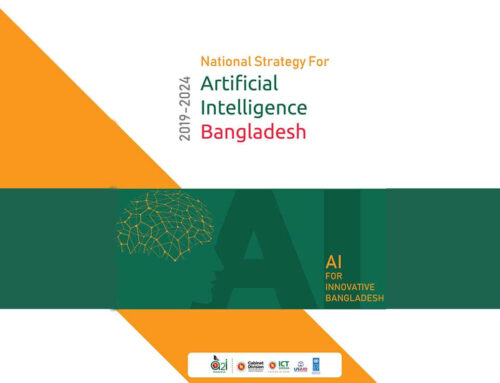THE ROLE OF ARTIFICIAL INTELLIGENCE IN ACHIEVING THE SUSTAINABLE DEVELOPMENT GOALS
The rise of man-made brainpower (AI) and its continuously more extensive effect on numerous parts requires an evaluation of its impact on the accomplishment of the Sustainable Development Goals. Utilizing an agreement based master elicitation process, we find that AI can empower the achievement of 134 focuses over all the objectives, however it might likewise restrain 59 targets.

Nonetheless, ebb and flow examine foci neglect significant angles. The quick advancement of AI should be bolstered by the fundamental administrative knowledge and oversight for AI-based advances to empower manageable improvement. Inability to do so could bring about holes in straightforwardness, security, and moral models.
Introduction
The development of man-made brainpower (AI) is forming an expanding scope of areas. For example, AI is relied upon to influence worldwide productivity1, balance and inclusion2, natural outcomes3, and a few different territories, both in the short and long term4. Revealed potential effects of AI demonstrate both positive5 and negative6 impacts on maintainable improvement. Be that as it may, until now, there is no distributed examination deliberately evaluating the degree to which AI may affect all parts of practical advancement—characterized right now the 17 Sustainable Development Goals (SDGs) and 169 targets universally concurred in the 2030 Agenda for Sustainable Development7. This is a basic research hole, as we find that AI may impact the capacity to meet all SDGs.
Here we introduce and talk about ramifications of how AI can either empower or restrain the conveyance of every one of the 17 objectives and 169 targets perceived in the 2030 Agenda for Sustainable Development. Connections were described by the techniques revealed toward the finish of this examination, which can be abridged as an agreement based master elicitation process, educated by past investigations planned for mapping SDGs interlinkages8,9,10.
A rundown of the outcomes is given in Fig. 1 and the Supplementary Data 1 gives a total rundown of all the SDGs and targets, together with the point by point results from this work. Despite the fact that there is no universally concurred meaning of AI, for this examination we considered as AI any product innovation with at any rate one of the accompanying abilities: discernment—including sound, visual, printed, and material (e.g., face acknowledgment), dynamic (e.g., clinical finding frameworks), expectation (e.g., climate estimate), programmed information extraction and example acknowledgment from information (e.g., disclosure of phony news hovers in internet based life), intelligent correspondence (e.g., social robots or talk bots), and consistent thinking (e.g., hypothesis advancement from premises). This view envelops a huge assortment of sub-fields, including AI.

Fig. 1: Summary of positive and negative impact of AI on the various SDGs.
Documented evidence of the potential of AI acting as (a) an enabler or (b) an inhibitor on each of the SDGs. The numbers inside the colored squares represent each of the SDGs (see the Supplementary Data 1). The percentages on the top indicate the proportion of all targets potentially affected by AI and the ones in the inner circle of the figure correspond to proportions within each SDG.
The results corresponding to the three main groups, namely Society, Economy, and Environment, are also shown in the outer circle of the figure. The results obtained when the type of evidence is taken into account are shown by the inner shaded area and the values in brackets.

